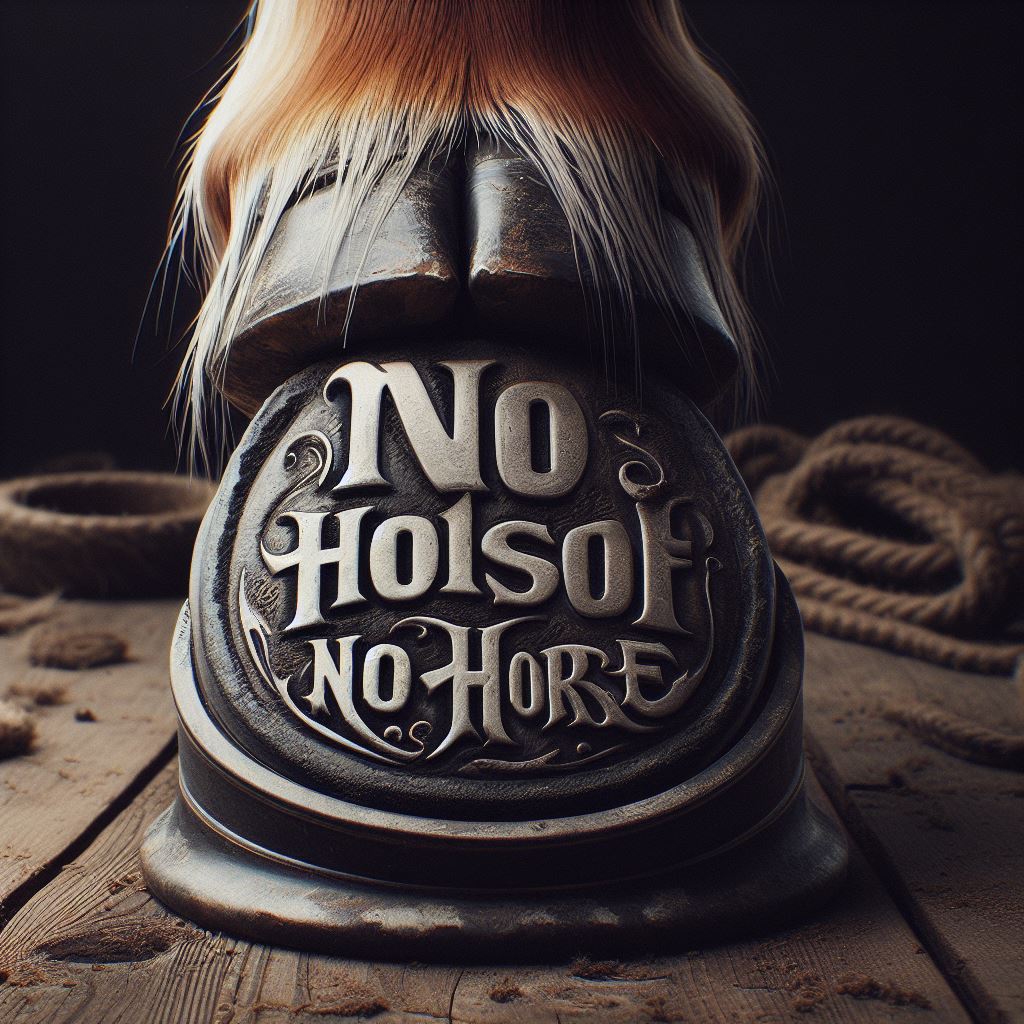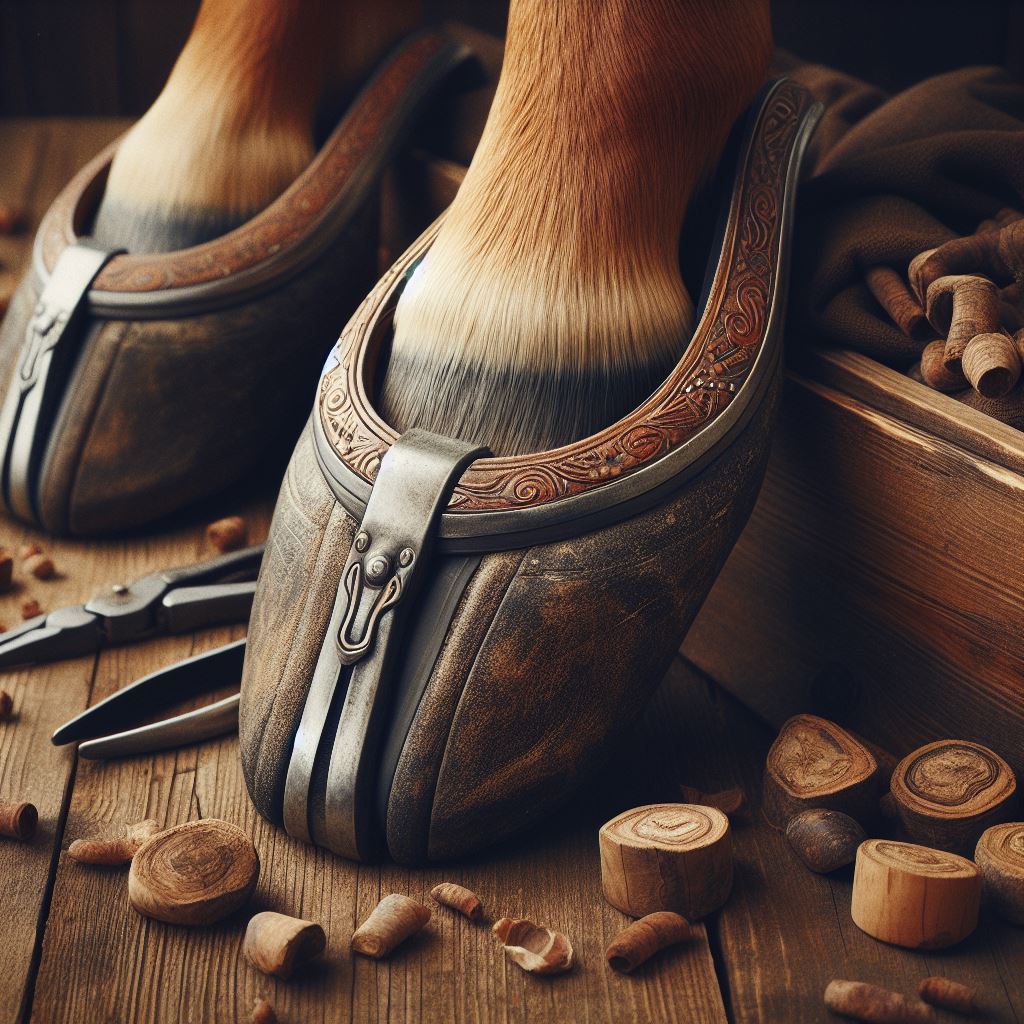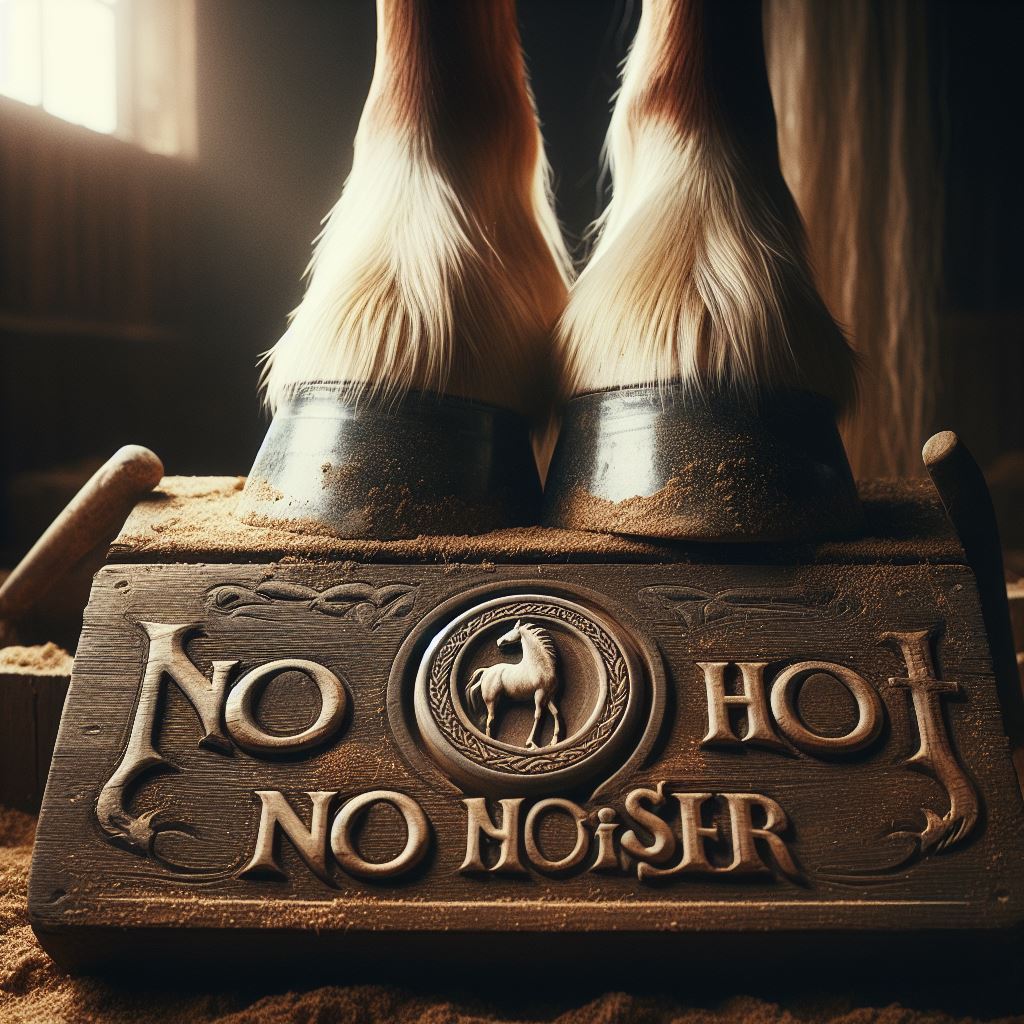When it comes to equine health, hoof care is paramount. The old adage, “No hoof, no horse,” underscores the significance of maintaining healthy hooves for the overall well-being of these majestic creatures. Hoofsheid, a term less commonly known, represents the integrity and health of the horse’s hoof. In this article, we’ll delve into the essentials of hoof care and how it contributes to the concept of hoofsheid.
Hoof Anatomy and Hoofsheid

Understanding hoof anatomy is the foundation for appreciating the importance of hoofsheid. The hoof is a complex structure composed of the hoof wall, frog, sole, & digital cushion, among other components. Hoofsheid refers to the condition in which all these parts are functioning optimally, providing support and shock absorption to the horse.
The Role of a Farrier in Maintaining Hoofsheid
A farrier is a specialist in equine hoof care, including the trimming & balancing of hooves & the placing of shoes on their hooves if necessary. Regular visits from a farrier are crucial to prevent hoof issues and maintain hoofsheid. They ensure that the hooves are not too long, which can lead to structural imbalances and affect the horse’s gait and posture.
Daily Hoof Care for Optimal Hoofsheid

Daily maintenance is vital for promoting hoofsheid. Horse owners should pick out their horse’s hooves to remove debris and mud that can lead to infections or thrush—a bacterial infection of the frog. Additionally, monitoring for cracks or abnormal wear can help catch potential problems early.
Moisture Balance
Just like human skin, horse hooves need to maintain a certain moisture balance. Too much moisture can make hooves soft and prone to damage, while too little can cause them to become brittle and crack. Hoof dressings and conditioners can be used to maintain this balance, especially in extreme weather conditions.
Nutrition and its Impact on Hoofsheid

A balanced diet plays a role in hoof health. Horses require specific nutrients like biotin, omega-3 fatty acids, and amino acids to promote strong hoof growth. Supplements specifically designed for hoof health can be beneficial, but a veterinarian should be consulted before making any dietary changes.
Recognizing Hoof Problems
Early detection of hoof problems can prevent more serious issues. Signs of poor hoofsheid include:
- Cracks or splits in the hoof wall
- Discoloration or foul odor, which can indicate infection
- Sensitivity or lameness
If any of these symptoms are present, it’s important to consult with a veterinarian or farrier to address the issue promptly.
The Impact of Environment on Hoofsheid
Horses’ hooves can be affected by their living conditions. Standing in wet, dirty bedding or excessively muddy paddocks can compromise hoof health. Providing a clean, dry environment will help maintain hoofsheid.
Conclusion: Hoofsheid as a Marker for Health
In conclusion, hoofsheid is a critical aspect of equine health. By understanding the importance of regular hoof care, maintaining a proper environment, providing a balanced diet, and recognizing early signs of hoof problems, horse owners can ensure their horses’ hooves remain healthy. Healthy hooves contribute to a happy, active horse, reflecting the overall health and vitality of these beloved animals.
For more insights into equine health and hoof care, stay tuned to our future articles. Your horse’s health is our priority.
For more information, visit: Clochant




